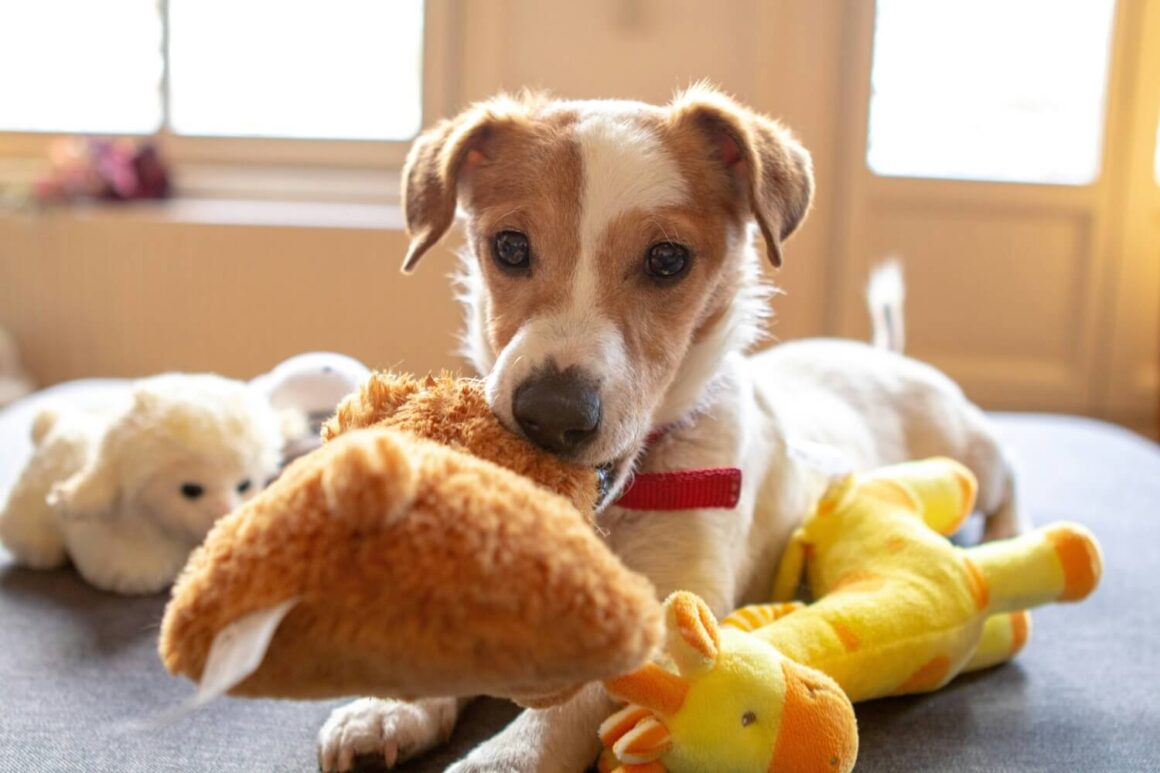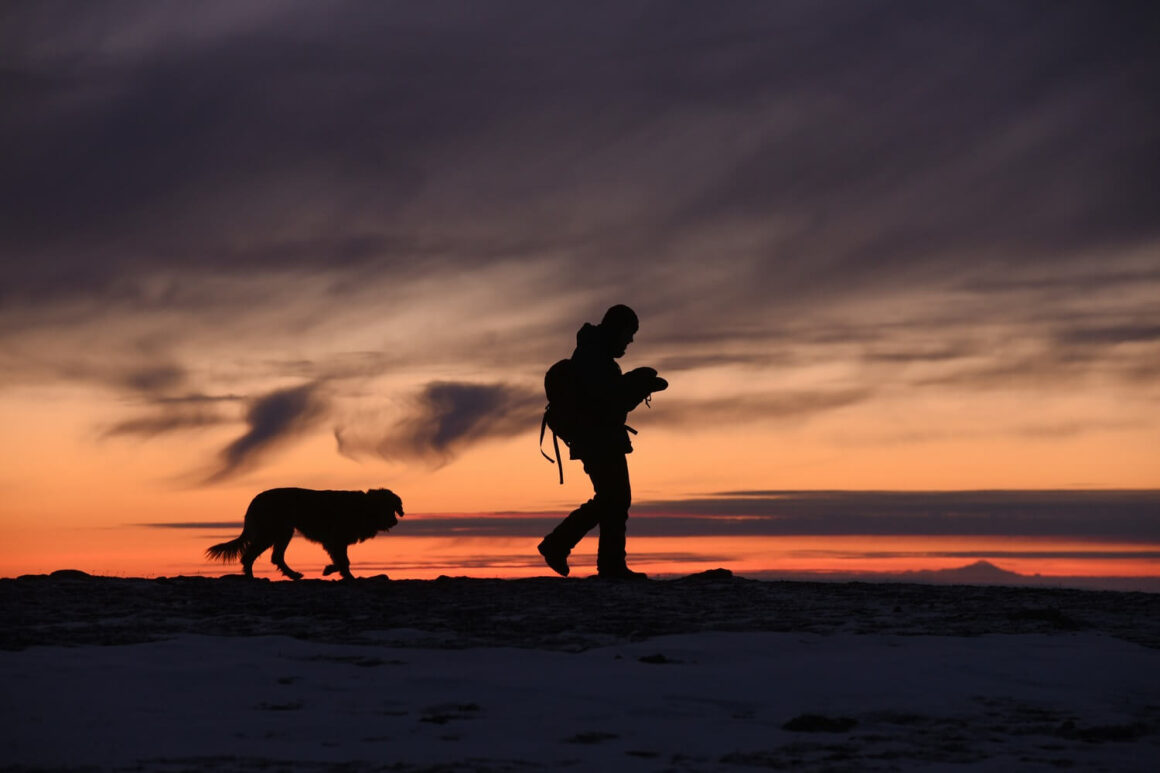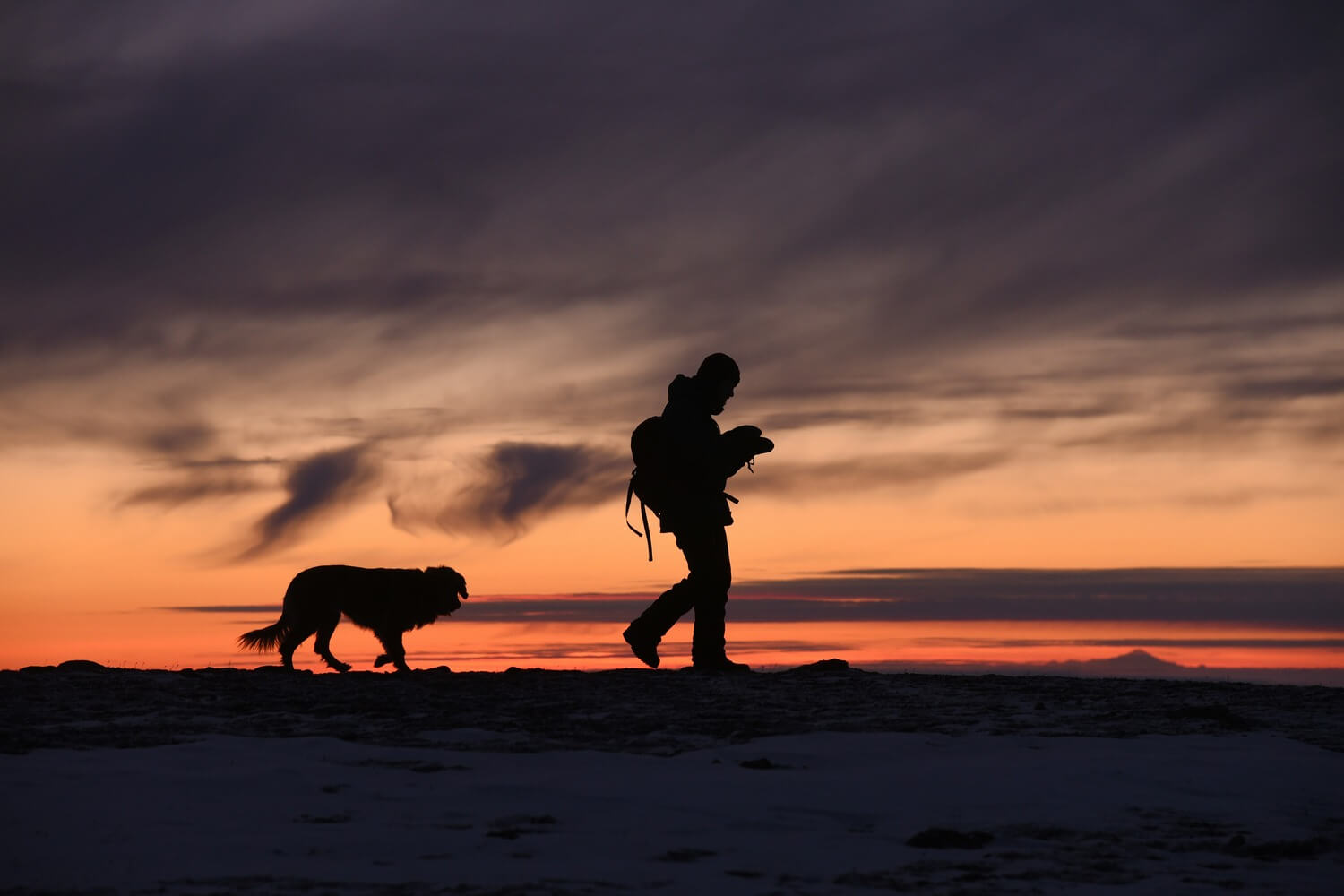RVing with dogs transforms ordinary road trips into tail-wagging adventures, but requires some thoughtful planning. From managing pet hair in tight spaces to finding pet-friendly campgrounds, these practical tips will help both you and your furry co-pilot enjoy the journey without the stress.
Pack the treats, grab the leash, and hit the road with confidence knowing you’re prepared for outdoor exploration with your four-legged friend.
1. Find Spots Where Your Dog Is Actually Welcome
Before hitting the road, check which campgrounds actually allow dogs and don’t have breed or weight restrictions that might affect your pup. Many campgrounds advertise themselves as “pet-friendly” but have fine print limitations that could ruin your trip. Some places ban certain breeds or have weight limits (often 25-50 pounds), leaving owners of larger dogs scrambling for alternatives.
Call ahead or check campground websites to confirm their exact pet policies. Ask specific questions about leash requirements, designated dog areas, and additional pet fees. Some RV parks even offer special amenities like dog parks, washing stations, or walking trails specifically for four-legged campers.
Also research attractions near your destinations. Nothing spoils a trip faster than discovering your planned hiking trails, beaches, or tourist spots prohibit dogs. Create a personalized map of dog-friendly spots along your route to ensure everyone in the family can enjoy the adventure.
2. Pack All Their Favorite Stuff

Bring their beloved toys, beds, and treats to help them feel at home in the RV. Pack enough of their regular brand to avoid upset tummies from sudden changes. The familiar scents and objects will help reduce anxiety in the new environment.
Create a dedicated pet supply bin with everything your dog needs: food, collapsible bowls, medications, a first aid kit, grooming supplies, waste bags, and comfort items. Include extras of essential items like leashes and collars in case anything gets lost or damaged during your trip.
Remember seasonal items too. In summer, cooling mats and portable water bottles make outings more comfortable. For winter camping, dog boots and sweaters protect sensitive paws and bodies from cold conditions. Bringing a portable pet shower can be a lifesaver for muddy trails or beach days.
3. Keep Your Pup Safe on Travel Days
Make sure your dogs are properly secured while you’re driving. Loose pets in a moving RV can become projectiles during sudden stops, injuring themselves and passengers. They can also distract the driver, increasing accident risks.
Options for safe travel include secured crates, doggy seatbelts, or specially designed travel barriers. Whatever method you choose, introduce your dog to it before your trip so they become comfortable with the restraint. Take time during the training period to create positive associations by offering treats and praise.
Plan your travel schedule with your dog’s needs in mind. Schedule regular breaks every 2-3 hours for bathroom stops, stretching, and water. These breaks benefit everyone on board and prevent accidents inside the RV. If your dog tends to get anxious or carsick, talk to your veterinarian about safe solutions before departing.
4. Don’t Let Them Roast (or Freeze)

RVs can turn into ovens or freezers pretty quickly. Make sure your rig stays at a comfortable temperature, especially when you have to leave your furry friends alone for a bit. The metal and fiberglass construction of most RVs conducts heat and cold rapidly, creating potentially dangerous conditions.
Invest in a temperature monitoring system that sends alerts to your phone if the interior gets too hot or cold. Many affordable options exist specifically designed for pet owners. Some systems even allow you to control your RV’s air conditioning or heating remotely in case of sudden weather changes.
Never rely solely on cracked windows for ventilation. Park in shaded areas when possible and use reflective window coverings to reduce heat buildup. For cold weather camping, consider safe pet-approved heating pads or extra blankets for your dog’s sleeping area. Remember that temperatures can change dramatically during the day, so check your monitoring system frequently.
5. Set Up a Pop-Up Dog Zone
A simple pet fence around your RV door gives your dogs some outdoor freedom without the constant worry they’ll dash off after a squirrel. These portable containment systems create a safe outdoor space where your dog can enjoy fresh air while staying secure.
Look for lightweight, portable fence options that set up quickly and store compactly in your RV. Many models require no tools for assembly and fold flat for travel. Choose a height appropriate for your dog’s size and jumping ability. Some adventurous pups might need taller barriers or even top covers.
Always check campground rules before setting up any pet enclosure. Some locations prohibit temporary fencing entirely, while others have restrictions about placement or ground stakes. Never leave your dog unattended in an outdoor enclosure, regardless of how secure it seems. Extreme weather, wildlife encounters, or determined escape artists can quickly turn a safe situation dangerous.
6. Tackle the Fur Situation
Let’s be real, dogs create messes wherever they go. The confined space of an RV amplifies every bit of fur, mud, and outdoor debris your canine companion brings inside. Developing a cleaning routine prevents these messes from overwhelming your living space.
Invest in a powerful, portable vacuum designed specifically for pet hair. Models with strong suction, specialized attachments, and HEPA filters manage fur most effectively. Keep a designated bin of cleaning supplies including enzymatic cleaners for accidents, lint rollers for furniture, and microfiber cloths for quick wipe-downs.
Create a “mudroom” area near your RV entrance with towels, wipes, and a small mat or tray to contain dirty paws before they track through your entire space. Washable, waterproof covers for furniture and beds protect your RV interior from fur and odors. Daily brushing outside the RV significantly reduces the amount of fur shed inside, making cleanup much easier.
7. Have a Pet Emergency Plan
As soon as you park, save the number of the nearest vet or animal hospital on your phone. Consider using a pet portal app so you can pull up their medical records anywhere. Being prepared for emergencies ensures faster care when every minute counts.
Create a pet emergency kit including bandages, gauze, styptic powder, tweezers, a digital thermometer, and any medications your dog regularly needs. Know basic pet first aid for common emergencies like bleeding, choking, or heatstroke. Several organizations offer online pet first aid certifications specifically for travelers.
Map out 24-hour veterinary facilities along your entire route, not just at your destination. Rural areas may have limited emergency services or significant travel times to reach help. Consider pet insurance that covers emergency care nationwide for the duration of your trip. Keep physical copies of vaccination records, medication lists, and your regular vet’s contact information in your emergency kit.
8. Drown Out the Barking Triggers

Use white noise machines or apps to block sounds that might set off your dog’s barking spree (like other campers or wildlife). Your camping neighbors will thank you for managing potential noise disturbances.
Unfamiliar camping environments present countless new sounds that can trigger even the quietest dogs. Portable white noise machines, fans, or free smartphone apps create a consistent sound barrier that muffles external noises and reduces anxiety triggers. Some dogs respond well to specially designed calming music playlists during alone time.
Create comfortable “safe zones” inside your RV where your dog feels secure and protected. This might be a crate with familiar bedding or a designated corner with their favorite toys. The combination of security and sound masking helps nervous dogs adjust to constantly changing surroundings without vocal protests that disturb neighboring campers.
9. Don’t Be That Dog Owner
Always pick up after your pup. Nobody wants to step in surprises left by previous four-legged campers. Bring extra waste bags because you’ll need more than you think, especially if your trip extends beyond a weekend.
Invest in a dedicated waste disposal system for your RV adventures. Specialized portable containers seal in odors and make disposal more convenient when trash facilities are distant. Some campgrounds provide dedicated pet waste stations, but never assume these will be available or well-maintained.
Beyond waste management, being a responsible dog owner means respecting quiet hours, keeping barking to a minimum, and following leash requirements. Your adherence to campground rules helps ensure these locations remain pet-friendly for future visitors. Remember that one problematic dog experience can lead campground owners to restrict or eliminate pet access.
10. Set Up Dog Spy Cams
Grab a pet monitoring camera so you can check in on your pup while you’re away from the RV. Some even toss out treats, keeping your dog entertained while you’re hiking sans pooch. These tech solutions provide peace of mind during times you need to leave your dog behind.
Choose cameras with two-way audio features so you can speak to your dog remotely, helping calm anxiety with the sound of your voice. Look for models with night vision capabilities for checking on your pet after dark. Some advanced systems include treat dispensers, toys, or even video calls specifically designed for pets.
Position cameras strategically to monitor the areas where your dog spends most time. Set up notification alerts for excessive barking or unusual activity. This technology allows you to enjoy attractions that don’t permit dogs while still ensuring your pet remains safe and comfortable. Remember that cameras supplement proper care but don’t replace appropriate temperature control or regular check-ins.
11. Watch Out for Critters and Poison Plants
Every camping spot has its own set of hazards. Learn what poisonous plants, bugs, or animals might be around your campsite that could harm your curious canine. Regional dangers vary widely, from toxic mushrooms to aggressive wildlife.
Research common hazards in your destination areas before arrival. Apps and websites can help identify toxic plants like poison ivy, oak, or region-specific dangers. Ask campground hosts about local wildlife concerns such as snakes, ticks, or larger predators that might pose risks to pets.
Perform regular tick checks after outdoor activities, especially in wooded areas. Consider appropriate preventative medications for insects and parasites based on your travel region. Keep your dog on leash in unfamiliar terrain until you’ve thoroughly assessed the safety of the environment. Carry a pet-safe insect repellent and a basic field guide to toxic plants for reference during your adventures.
12. Tire Them Out (Happy Dogs = Quiet Dogs)

Make sure your dogs get plenty of exercise during your RV adventures. The saying “a tired dog is a good dog” proves especially true in the confined quarters of RV living where excess energy can quickly become problematic behavior.
Research dog-friendly hiking trails, swimming spots, and open spaces near your camping locations. Many national forests and state parks offer pet-friendly areas that provide both exercise and enrichment. Schedule longer outings in the morning or evening during hot weather to prevent overheating.
Mental stimulation exhausts dogs as effectively as physical exercise. Bring puzzle toys, training games, and new experiences to keep their minds engaged. Teaching new tricks or practicing obedience commands during downtime provides mental challenges that help prevent boredom behaviors like excessive barking or chewing. A well-exercised dog adapts better to the changing environments of RV travel.
13. Make Sure They Can Find Their Way Home
Update their ID tags and make sure their microchip info is current before you leave. The unfamiliar environments of RV travel increase the risk of separation if your dog gets startled or escapes unexpectedly.
Consider additional identification methods beyond standard tags and microchips. GPS tracking collars provide real-time location information through smartphone apps, offering crucial advantages in remote camping areas. Some travelers use temporary write-on tags with current campground information and site numbers that change throughout the journey.
Take clear, recent photos of your dog from multiple angles before your trip begins. These photos prove invaluable if you need to create lost pet notices or alert campground staff to a missing dog. Store digital copies in easily accessible cloud storage and keep printed versions in your emergency kit. Having a familiar item with your scent can help tracking dogs locate your pet if professional search assistance becomes necessary.
14. Know When Your Dog’s Had Enough
Keep an eye out for signs your dog is overheating or stressed. Dark-furred dogs can get hot fast, so provide plenty of shade and water breaks, especially during summer adventures. Every dog has different tolerance levels for travel excitement and environmental changes.
Learn to recognize subtle signs of stress in your dog: excessive panting, drooling, lethargy, or unusual behavior patterns. Some dogs become more clingy or aggressive when overwhelmed by new experiences. Provide regular “decompression” breaks in quiet areas away from stimulation when you notice these warning signs.
Adjust your activity plans based on your dog’s specific needs. Senior dogs might require shorter walks and more rest periods, while high-energy breeds might need additional exercise opportunities. If your dog seems consistently unhappy or stressed despite your best efforts, consider shortening your trip or choosing less challenging environments for future adventures.
15. Be a Good Camping Neighbor
Not everyone loves your dog as much as you do. Keep barking under control, always leash up in common areas, and ask before letting your dog approach others. Respecting boundaries ensures pleasant experiences for everyone at the campground.
Train basic commands like “quiet,” “leave it,” and a solid recall before embarking on RV adventures. These essential skills prevent common camping conflicts. When walking through campgrounds, keep your dog on a standard-length leash rather than retractable versions that allow them to approach others’ sites unexpectedly.
Remember that some people fear dogs or have allergies. Never allow your dog to approach strangers without explicit permission, regardless of how friendly your pet might be. When conversations with other campers turn to dogs, listen for cues about their comfort level before assuming everyone wants to meet your furry traveler. Your consideration helps maintain positive relationships between the pet-owning and non-pet communities in shared camping spaces.


